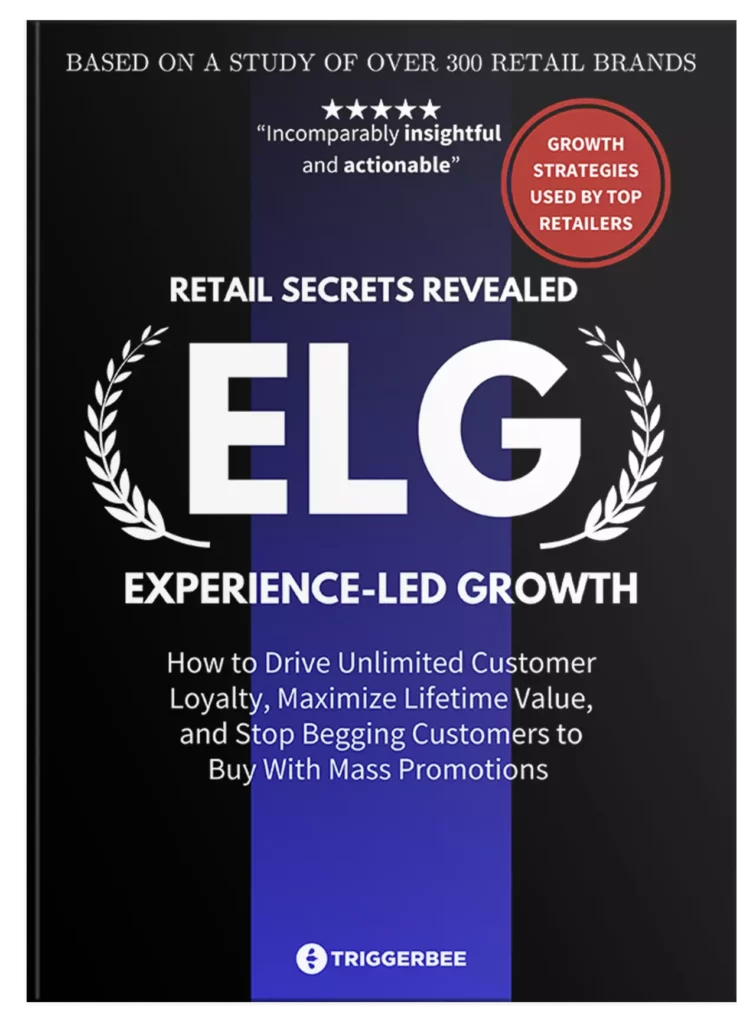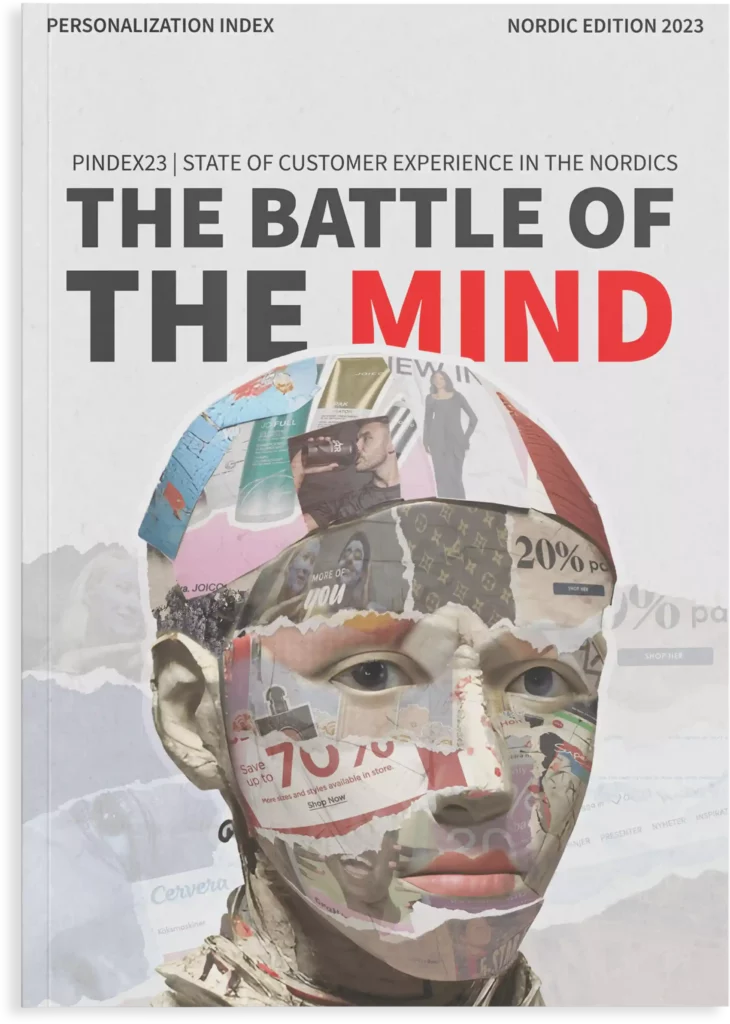What is Onsite Marketing?
Onsite marketing refers to the activities and strategies that marketers use to engage, convert and monetize their existing website traffic. Here are some examples of onsite marketing activities:
- E-commerce quizzes
- Loyalty program sign up offers
- Product page countdowns
- New customer offers
- “Welcome back” messages
- Cart abandonment popup offers
- Login nudges
Onsite marketing activities are often temporary and dynamic, meaning certain content is only shown to certain visitors who meet certain criteria. For example, a cart abandonment popup might only be triggered for visitors who have a cart value above €100. Review requests will only be shown to recent customers who return to the website, and login nudges will only be displayed to registered members. This is done by leveraging first-party data and zero-party data.
The competitive landscape has changed drastically since 2020. And running the same playbook that worked 5 years ago is not enough if you want to build a lasting brand. In the current market situation, you win by using data better than your competition.
Most successful e-commerce brands today are built on on marketing engines that premier huge discounts and broadly targeted marketing.
Here’s the old playbook for building an e-commerce brand:
- Build a brand on social media
- Use huge micro influencers to build trust and get “authentic” UGC
- Run some ads (social, search, retargeting.)
- Spend 95% of your marketing budget on acquisition
- Run
occasionalfrequent sales and promotions - Send 3-5 email promotions each week to your entire list to recoup acquisition costs
- Run more ads announcing products are “finally” back in stock
- Run more (time limited) promotions
- Send more emails
- When growth has plateaued in your initial market, expand and repeat.
It’s just not the most effective way to approach growth in 2024, 2025 and beyond because the activities are almost exclusively focused on external engagement.
Acquiring traffic is rarely an issue. Converting and monetizing that traffic however, is harder.
Onsite Marketing vs Traditional Online Marketing
While onsite marketing seeks to personalize the user experience on the website, traditional online marketing often spreads efforts thinly across multiple channels with broad, generic messaging. Traditional methods might capture a small fraction of the market but miss the chance to deeply engage more specific segments directly on the website. This generalized approach tends to condition customers to respond only to discounts, trapping businesses in a cycle of constant acquisition with low and unpredictable retention rates. Onsite marketing, by contrast, focuses on creating value for each visitor, leading to higher engagement, conversion, and loyalty without relying on constant discounts.
Key Features and Components of Onsite Marketing
Personalization: Crafting content and offers to meet the unique needs and preferences of each visitor.
Behavioral targeting: Using real-time data on user behavior and preferences to deliver more relevant experiences.
Omnichannel integrations: Seamlessly connecting with users across all channels for a unified brand experience.
Data-Driven Insights: Employing analytics to continuously refine and improve the engagement strategy based on user feedback and behaviors.
Onsite Marketing Software and Tools
Triggerbee: Triggerbee’s onsite marketing platform lets you build and publish targeted promotions, forms, surveys, and referral campaigns on your website – all in one tool. It’s the only software with both individual-level tracking and a campaign editor that lets you use CRM data from Klaviyo, Mailchimp, Emarsys, Rule, and Voyado to target your messages to individual customers.
Wisepops: An onsite marketing platform that lets you publish popups and notifications on your website to capture emails, and engage visitors with a custom notification feed.
Onsite marketing redefines how businesses interact with their website visitors. By focusing on personalized, data-driven engagement, companies can escape the acquisition loop and build a base of loyal customers.

